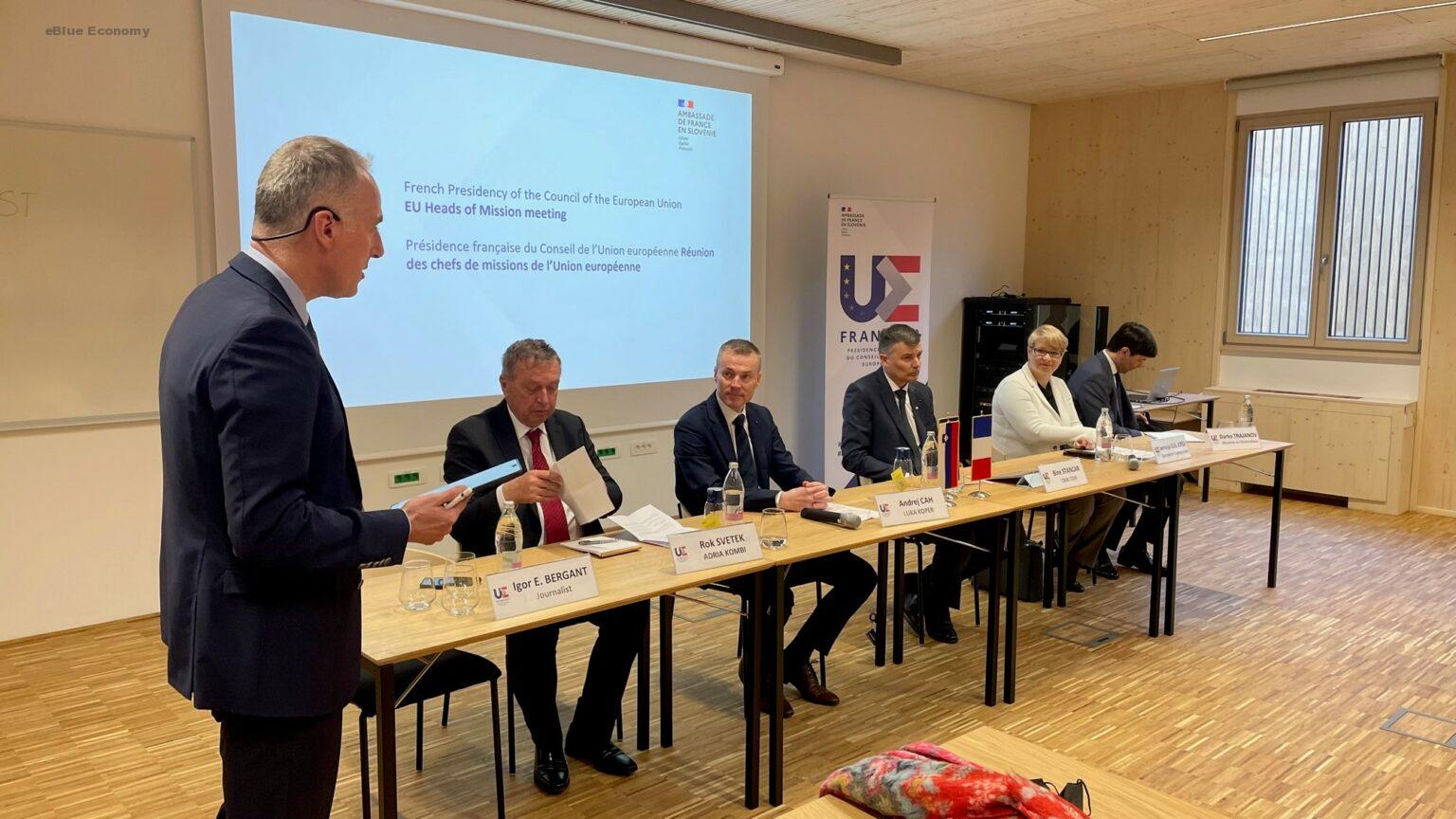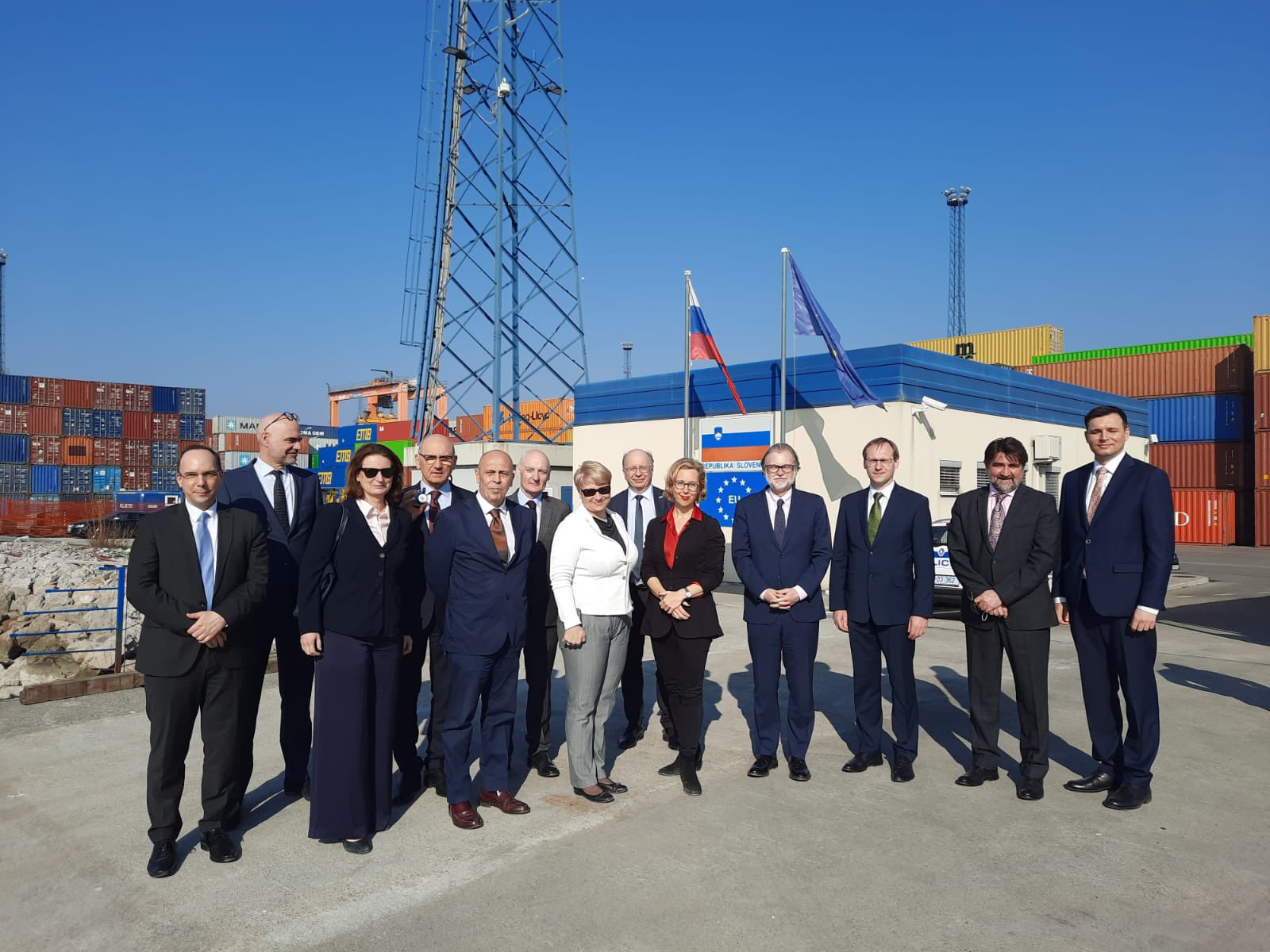These were the main questions at the gathering of ambassadors of European countries accredited to Slovenia organized by the French ambassador Florence Ferrari at the InnoRenew Center in Izola.

The central point of the event was a round table on the green transition of infrastructure and transport in Slovenia, at which Jerneja Jug Jerše, Head of the European Commission Representation in Slovenia, pointed out that transport represents a quarter of all emissions in the European Union and that this share is increasing. In Slovenia, which is also a transit country in terms of freight transport, this share is even higher and represents as much as a third of all emissions, added Darko Trajanov, director-general of the directorate at the Ministry of Infrastructure dealing with Sustainable Mobility and Transport Policy.
The European Union has set even higher targets for maritime transport. The Director of CMA CGM Adriatic Bine Štancar, representing the French shipowner, the third-largest in the world in the container business, recalled that shipowners have already significantly reduced sulfur emissions in 2020 in accordance with the decision of the International Maritime Organization. This encouraged shipowners to continue their activities to reduce emissions. CMA CGM, for example, has set its goal to be completely carbon-free in 2050.

In the Port of Koper, where 60 percent of the port’s throughput is transported by train, investments in environmentally friendly technologies and sustainable infrastructure solutions are an integral part of the business policy, said Andrej Cah, advisor to the management board and recalled that the company is also planning to provide alternative energy sources for vessels. Rok Svetek, advisor to the management board of Adria kombi pointed out the increased use of railways as a solution to reduce the number of trucks on the roads. Slovenia has recently invested heavily in the modernization of the railway network, but it will still be a challenge to ensure sufficient speed and length of freight trains by 2030, as required by the European TEN-T regulation.















